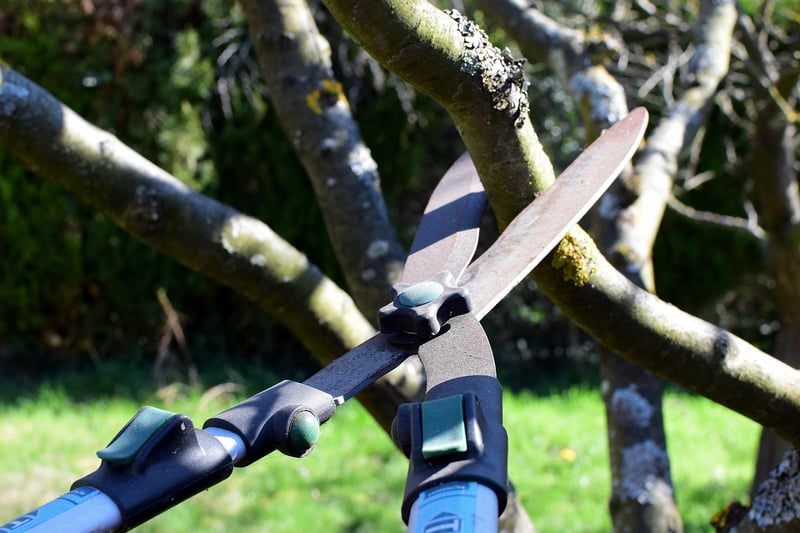Pruning Techniques
Keeping Your Garden Healthy: Essential Pruning Techniques
Welcome to our guide on maintaining a healthy garden through proper pruning techniques. Pruning is a crucial aspect of garden care that helps promote plant growth, improve flowering, and maintain overall plant health. By understanding the basics of pruning and incorporating the right techniques, you can ensure your garden thrives year-round.
The Benefits of Pruning
Pruning offers several benefits for your garden, including:
- Promoting new growth
- Shaping plants for aesthetic appeal
- Removing dead or diseased branches
- Enhancing air circulation
- Improving fruit and flower production
Essential Pruning Techniques
1. Tools for Pruning
Before you start pruning, make sure you have the right tools for the job. Essential pruning tools include:
- Pruning shears
- Loppers
- Pruning saw
- Hedge shears
2. Timing
It's essential to prune plants at the right time to avoid damaging them. Research the specific requirements of each plant species to determine the best time for pruning.
3. Technique
When pruning, make clean cuts at a 45-degree angle just above a bud or lateral branch. Avoid leaving stubs, as they can invite disease and pests into the plant.
4. Types of Pruning
Depending on the plant type and goal, different pruning techniques may be used, such as:
- Thinning cuts
- Heading cuts
- Pinching
- Deadheading
Conclusion
Proper pruning is a key component of garden maintenance that can enhance the health and beauty of your plants. By following the right techniques and principles, you can enjoy a vibrant and flourishing garden throughout the year.

For more detailed guidance on pruning specific plant varieties or for expert advice on garden care, consider consulting with a professional gardener or horticulturist.
Happy gardening!
